

Engage prospects with a scan and streamline customer engagement with FREE QR code marketing tools by Sona – no strings attached!
Create a Free QR CodeFree consultation

No commitment

Engage prospects with a scan and streamline customer engagement with FREE QR code marketing tools by Sona – no strings attached!
Create a Free QR CodeFree consultation

No commitment
Retail wine businesses often struggle to track and nurture high-value prospects who browse in-store or online but never formally engage. The disconnect between analog retail practices and digital consumer expectations means lost opportunities, whether it is a potential wine club member who reads a printed tasting note but never signs up, or a compliance update that goes unnoticed due to static labeling.
As wine industry marketing becomes more sophisticated and compliance requirements intensify, missing or outdated account data can compound these challenges, leading to targeting inefficiencies and missed conversions. QR code applications are emerging as a powerful solution for closing these visibility gaps. By turning every bottle, shelf talker, or flyers into a gateway to interactive digital experiences, QR codes enable retail wine businesses to identify previously anonymous traffic, collect real-time engagement data, and seamlessly update regulatory information.
With the right integration, QR codes empower wine retailers to unify mobile commerce, compliance automation, and data-driven engagement. This shift not only improves customer journeys for digitally savvy buyers but also gives independent wineries and retailers the tools to stay compliant, personalize outreach, and capture valuable sales and upsell opportunities that might otherwise slip through the cracks.
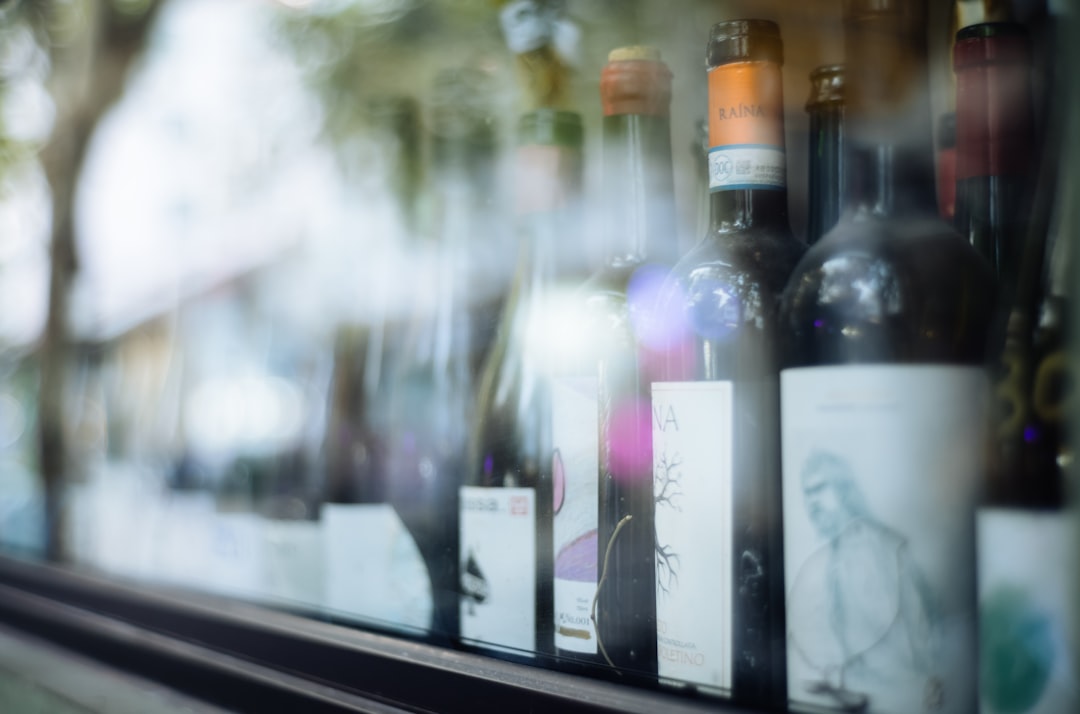
Many wine retailers face the challenge of driving meaningful engagement beyond the first in-store interaction, especially when high-intent buyers research products offline but never formally identify themselves. QR codes create a bridge between these unreconciled touchpoints and actionable digital journeys. See QR codes in marketing for foundational strategies. When implemented with clear goals, thoughtful placement, and strong calls to action, QR codes address issues like missing high-value prospects, untracked tasting interest, and incomplete account data that undermine long-term growth.
Use QR codes to replace paper-heavy processes that are hard to measure. Printed tasting sheets, paper loyalty forms, and manual event signups often result in untraceable interest and human error. By digitizing these moments with QR-driven experiences connected to your CRM, email platform, and analytics stack, every interaction becomes trackable and re-engageable. This makes it easier to identify what works, personalize outreach by preference, and continually improve campaign ROI.
Modern solutions make it feasible for wine businesses to transform every physical engagement into a measurable digital opportunity. Over time, these interactions reduce missed conversions and build richer customer profiles, creating compounding value with every new campaign.
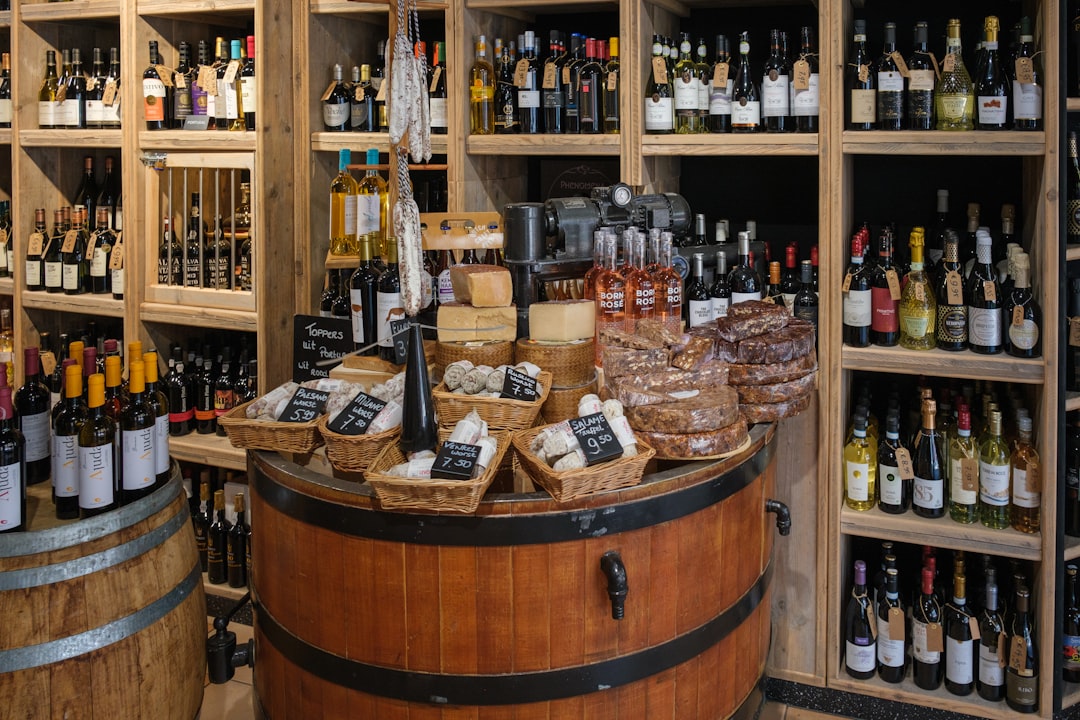
Retail wine businesses frequently lose visibility on promising customers when anonymous shoppers leave the store or browse online without identifying themselves. Without insight into these moments, teams cannot tailor offers, recommend the right bottles, or re-engage at the right time. QR codes convert passive interest into active data: a scan captures intent, redirects to the most relevant experience, and builds the foundation for timely, personalized follow-up. See this consumer behavior study.
QR codes also help retailers adapt quickly to regulatory changes and supply chain realities. Instead of reprinting labels or shelf materials when compliance information changes, dynamic codes allow you to update a single destination and have it reflected everywhere. This flexibility reduces waste, speeds time to correct, and ensures customers always see accurate information about ingredients, origin, allergens, and serving guidelines via QR-coded labels.
Implementing QR code systems turns compliance mandates and missed interactions into opportunities for engagement and conversion. With clear measurement and integrated workflows, wine retailers can grow market share and adapt to customer and regulatory demands with confidence.
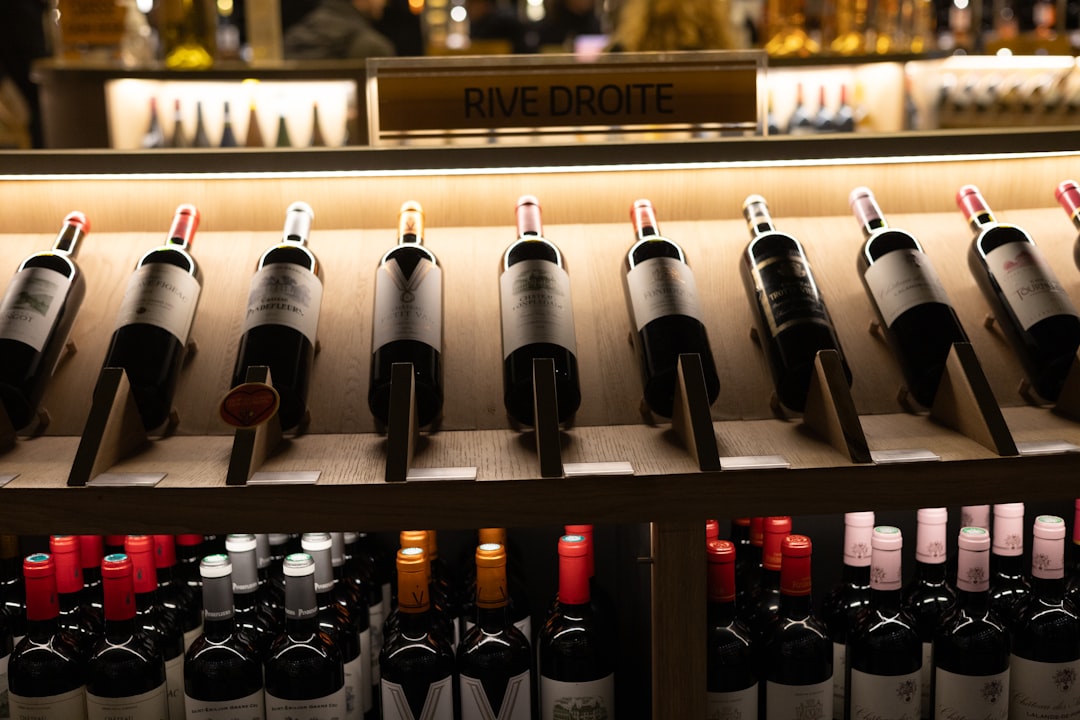
Selecting the right QR format is essential to align with customer expectations and operational needs. In retail wine, the most effective experiences generally let customers learn, decide, and act in seconds. Prioritize formats that reduce friction and drive measurable outcomes, especially at moments of high intent such as at the shelf, tasting bar, or checkout.
Pair each format with a destination that matches the context in which the code is scanned. A QR near the tasting bar might lead to a short video with food pairings, while a checkout code should prioritize loyalty signups, digital receipts, and reorder prompts. Dynamic codes are particularly useful when content changes by season, vintage, or regulatory update.
Choose dynamic QR codes whenever content must be updated without reprinting, when you need scan analytics, or when multiple destinations will be tested over time. Static codes are acceptable for evergreen content such as a store’s hours or a permanent tasting room map.
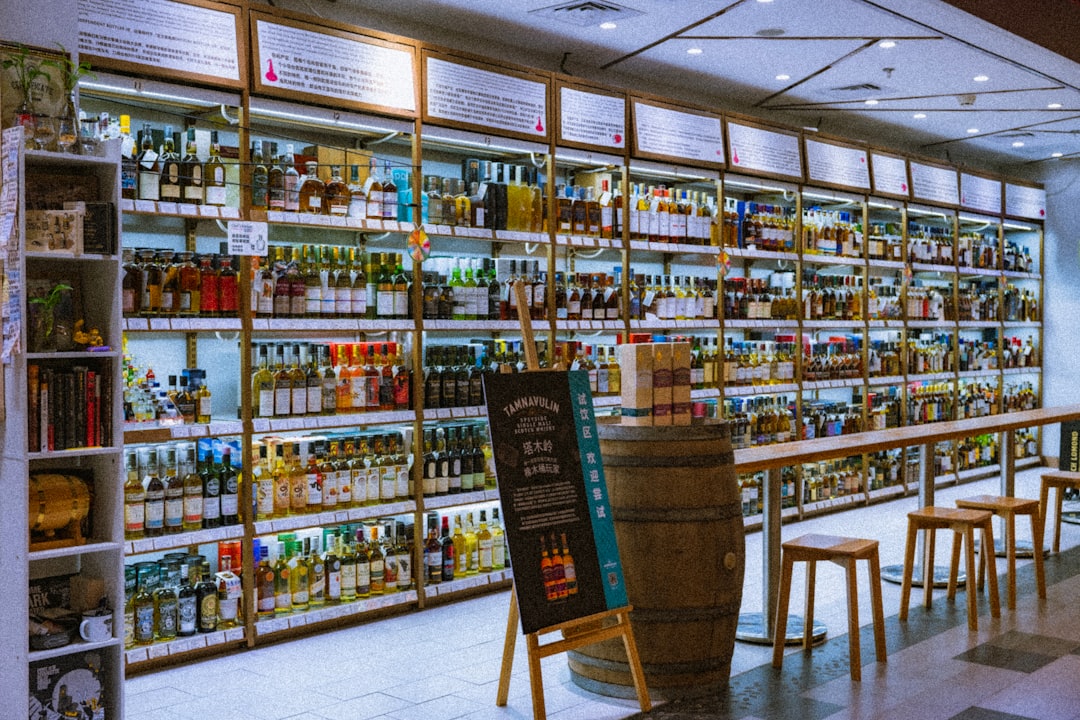
It is common for high-intent prospects to leave no trace after a store visit or tasting. This happens when signups are cumbersome, the value proposition is unclear, or follow-up mechanisms are missing. Strategic QR placements turn those anonymous moments into data-rich touchpoints that move customers toward purchase, loyalty, and advocacy.
Focus on contexts where consumers are already leaning in. Shoppers reading a shelf talker, guests attending a tasting event, and members checking out are primed to act. Provide clear benefits for scanning, keep landing pages short and mobile friendly, and ensure that each scan can be tied to a specific placement for performance analysis.
When these placements are coupled with automated segmentation and retargeting, anonymous interactions no longer slip through the cracks. Every scan feeds your marketing ecosystem with context, which you can act on with personalized offers and timely reminders.
QR codes are most effective when they streamline a specific action that customers already want to take. Align each use case with one or two clear outcomes, such as conversion, data capture, or education. Then optimize the landing experience to deliver that outcome in as few steps as possible.
Start with a small set of use cases that map to core business goals: compliance accuracy, sales conversion, and loyalty growth. As your team gains confidence, expand to limited-release drops, corporate gifting, and collaborative events with local restaurants or festivals.
Additional ideas include reorder journeys for top sellers, feedback loops for in-store tastings, and QR-powered gift registries during holidays. The key is to treat each scan as a springboard into a curated digital experience that aligns with customer intent.
Each QR scan is more than a click. It signals the what, where, and when of a customer’s curiosity. When you assign distinct codes to different contexts, you can segment audiences by interest and intent automatically, then trigger tailored sequences that match their stage in the buying journey.
Design a simple segmentation strategy at the outset. For retail wine, useful distinctions include casual browsers versus collectors, local residents versus tourists, gift buyers versus personal shoppers, and pre-purchase versus post-purchase scanners. These segments influence creative, timing, and channels for remarketing. Ground your strategy in intent data.
With a platform like Sona QR, each QR code becomes a smart entry point that automatically enriches your database with meaningful signals. Over time, these segments drive better creative, more precise offers, and higher conversion efficiency across channels.
QR codes are connective tissue across print, in-store, digital, and event marketing. By standardizing your QR destinations, tagging structure, and analytics, you make every campaign measurable and every channel collaborative. This alignment closes the loop between offline moments and digital results, ensuring budget goes to the placements that move the needle.
Tie QR experiences to the broader story you want to tell about your brand. Showcase origin and craft in-store, then deepen the narrative with video and food pairings online. Follow up with loyalty perks and release previews. The result is a cohesive journey that feels personalized without manual heavy lifting.
With centralized management in Sona QR, you can update destinations, monitor performance, and sync scan data with your CRM and ad accounts. That makes QR codes not just convenient links but strategic connectors across your marketing stack.
Running QR campaigns without a clear plan can lead to scattered data and missed follow-up. A simple, repeatable checklist keeps teams aligned on goals, creative, placement, and measurement. Use this framework for initiatives such as wine club recruitment, seasonal promotions, and compliance updates.
Create a single source of truth for assets and tracking parameters before launch. Standardize your UTM structure, define the primary CTA for each placement, and ensure that every destination is mobile optimized. If you make QR part of your monthly campaign rhythm, your dataset will become more actionable with each iteration.
Clarify the business outcome you want to drive. Common goals include event RSVPs for a release party, loyalty signups at checkout, reorders for top sellers, or education for a new region or varietal. The use case determines the destination, incentive, and follow-up workflow.
Match the QR format to your needs. Static codes can work for permanent, evergreen pages. Dynamic codes are recommended for most marketing use cases, since they allow editing, A/B testing, and analytics.
Strong design influences scan rates. A clean border, adequate size, and high contrast improve scannability. Pair the code with a short, benefit-focused CTA so customers know exactly what they will get.
Place QR codes where motivated customers will notice them and can scan without friction. Combine high-visibility placements with precise tagging so you can compare performance and double down on what works.
Measurement is the payoff. Monitor scan volume, engagement, and conversion. Look for differences by SKU, placement, daypart, and creative. Use learning to adjust destinations and CTAs quickly.
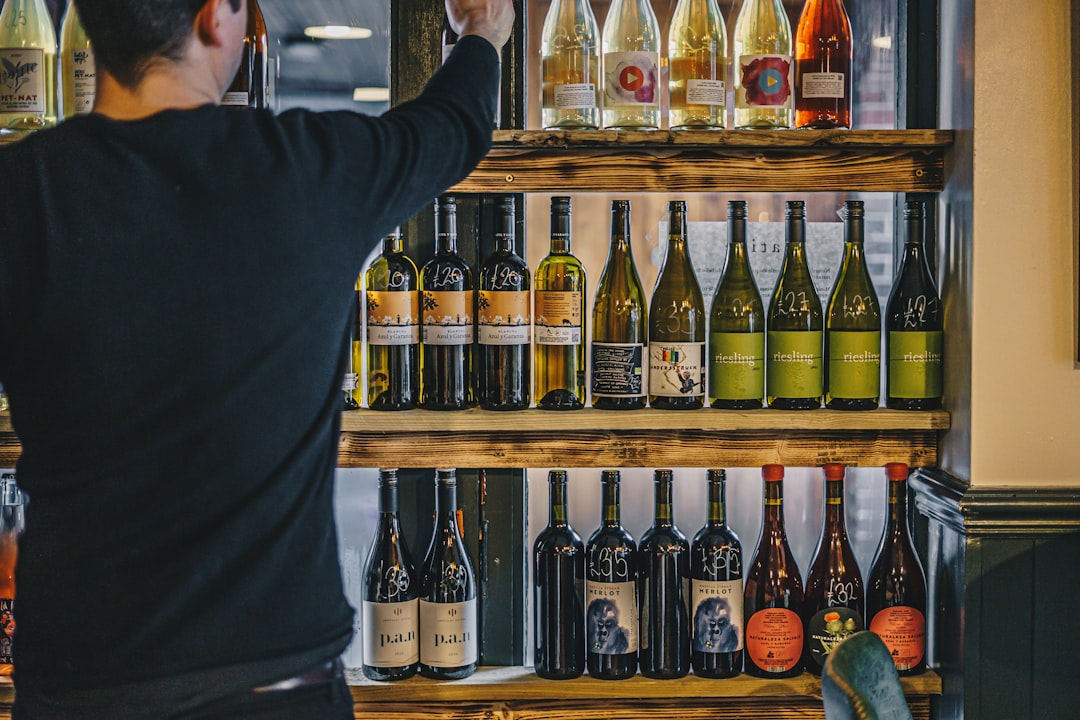
Many wine retailers struggle to connect offline engagement to online outcomes and final sales. A robust QR and analytics stack solves this by capturing detailed scan data at the source, syncing it to contact records, and attributing revenue to the moments that matter. When every bottle, sign, and event becomes measurable, you can prioritize the placements that generate the highest return.
The goal is not just to count scans but to understand how QR engagement affects the journey. Did scanning a shelf talker lead to an online purchase within 48 hours, a club signup later in the week, or a tasting room booking next weekend? When you unify QR data with web analytics and CRM activity, attribution becomes more precise and actionable. See revenue attribution.
Sona QR captures real-world engagement at the scan level. Sona.com aggregates that activity across channels so you can see exactly how QR interactions contribute to revenue and retention over time.
Consistency and clarity are the keys to scaling QR success. Design with the scanner’s context in mind, minimize steps after the scan, and make the value obvious. Over time, train your staff to invite scanning at the right moments, then use automation to do the heavy lifting for follow-up and attribution.
Think creatively about where QR adds value without cluttering your aesthetic. Codes can be elegant and unobtrusive while still inviting interaction. For example, a small framed sign at the tasting bar that reads “Scan for today’s pour list and pairings” can outperform a crowded menu board.
Creative deployment examples include QR codes on reusable wine totes that link to local event calendars and codes on festival glassware that unlock a ballot for a people’s choice award. Each touchpoint becomes a quiet engine for data collection and re-engagement. Start creating QR codes for free: Start creating QR codes for free.
QR codes have transformed retail wine businesses from traditional sales points into interactive, data-driven engagement hubs. Whether it’s attracting new customers through immersive storytelling, enhancing in-store experiences with instant access to tasting notes, or facilitating seamless purchases, QR codes turn every label and display into a powerful conversion tool. Imagine knowing exactly which wines and promotions captivate your audience—and being able to optimize your marketing on the fly.
With Sona QR, creating dynamic, trackable QR codes is effortless. Update campaigns instantly without reprinting, monitor each scan’s impact, and directly link engagement to revenue growth. No more guesswork—just actionable insights that elevate customer loyalty and boost sales.
Start for free with Sona QR today and transform every scan into a meaningful connection and increased revenue for your retail wine business.
QR codes enhance customer experience by bridging offline and online interactions, providing instant access to tasting notes, loyalty programs, and product details, which personalizes outreach and streamlines engagement.
QR codes on wine labels offer dynamic content updates, compliance information, and interactive experiences that increase consumer confidence, reduce waste, and allow businesses to track engagement and tailor marketing efforts.
QR codes enable dynamic updates to regulatory information such as ingredient disclosures and age restrictions without reprinting labels, ensuring compliance accuracy while reducing errors and waste.
Effective integration includes placing QR codes on bottles, labels, shelf talkers, packaging inserts, point-of-sale materials, and event assets to link customers to tasting notes, loyalty signups, reordering options, and exclusive content.
Dynamic QR code labels provide up-to-date information and engaging content like food pairings and winemaker interviews, which increase consumer confidence, dwell time, and often lead to higher average order values.
Use Sona QR's trackable codes to improve customer acquisition and engagement today.
Create Your FREE Trackable QR Code in SecondsJoin results-focused teams combining Sona Platform automation with advanced Google Ads strategies to scale lead generation

Connect your existing CRM

Free Account Enrichment

No setup fees
No commitment required

Free consultation

Get a custom Google Ads roadmap for your business






Launch campaigns that generate qualified leads in 30 days or less.
